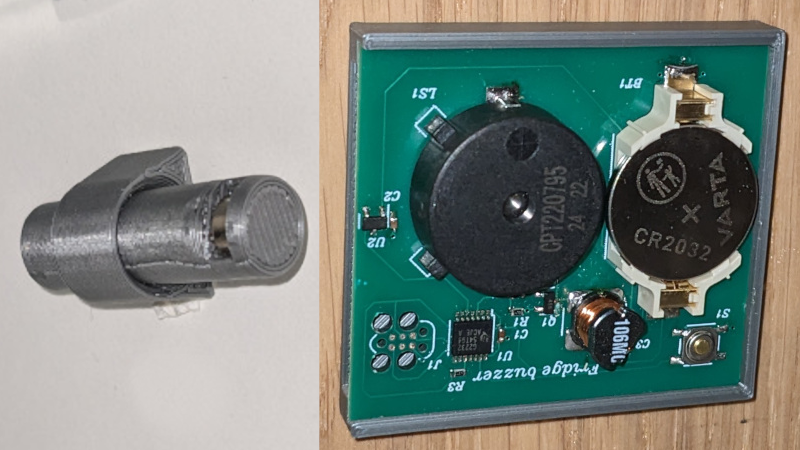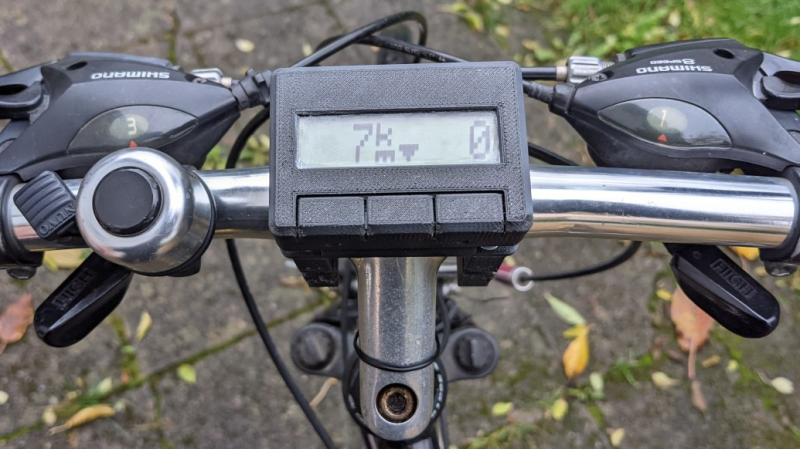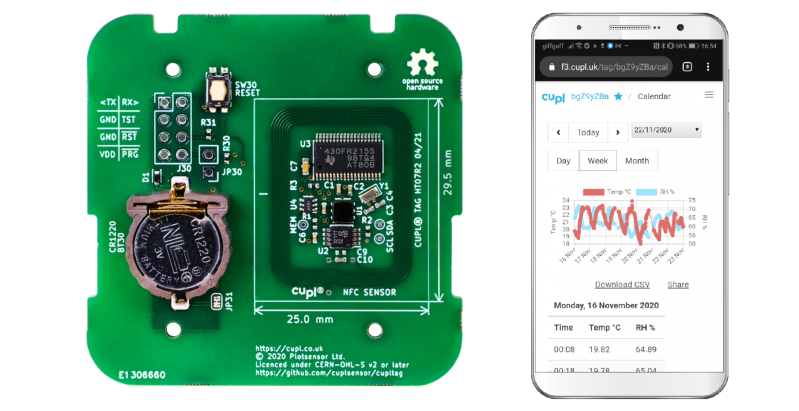Hey, did you know Hackaday is starting an Open Access, peer-reviewed journal? The Hackaday Journal of What You Don’t Know (HJWYDK) is looking for submissions detailing the tools, techniques, and skills that we don’t know, but should. Want to teach everyone how to make sand think? Write a paper and tell us about it! Send in your submissions here.
Have you noticed OSH Park updated their website?
The MSP430 line of microcontrollers are super cool, low power, and cheap. Occasionally, TI pumps out a few MSP430 dev boards and sells them for the rock-bottom price of $4.30. Here ya go, …read more
 Continue reading Hackaday Links: Not A Creature Was Stirring, Except For A Trackball→
Continue reading Hackaday Links: Not A Creature Was Stirring, Except For A Trackball→


